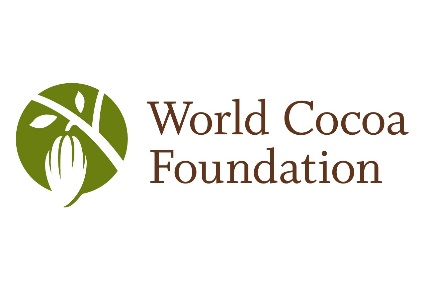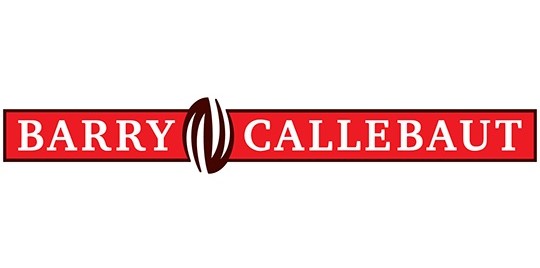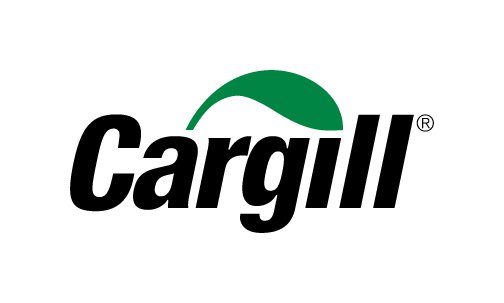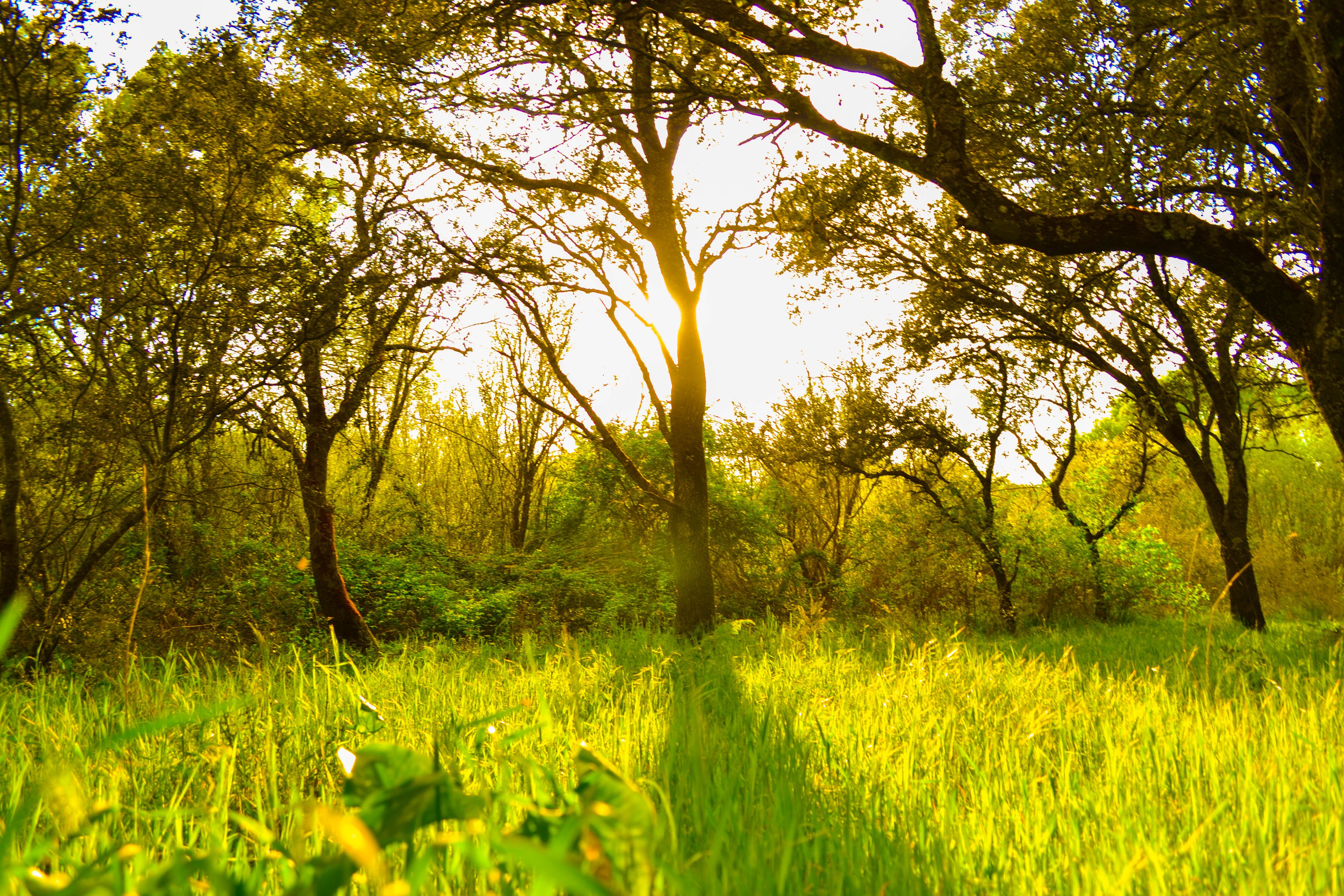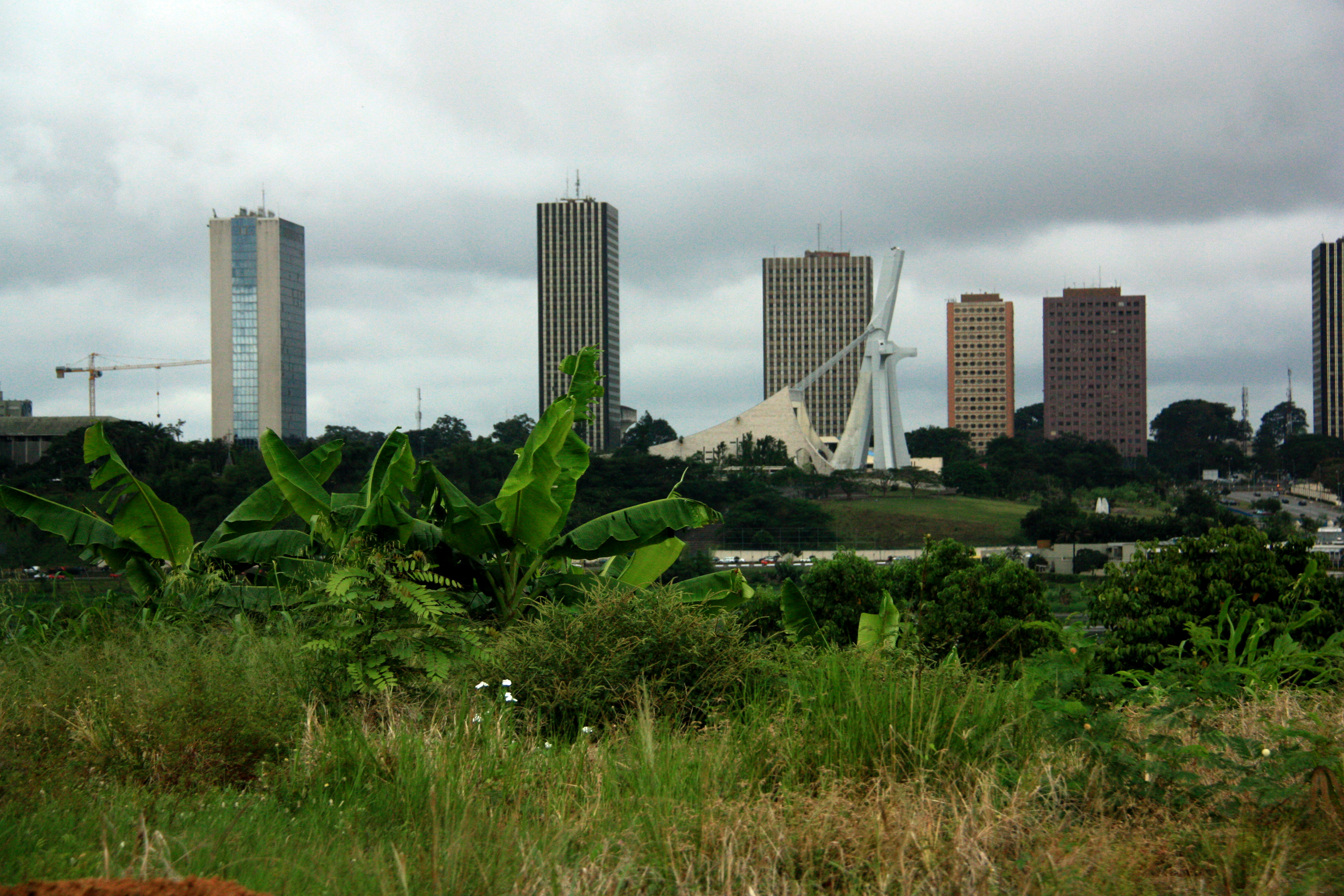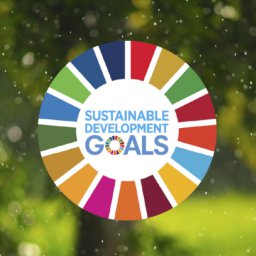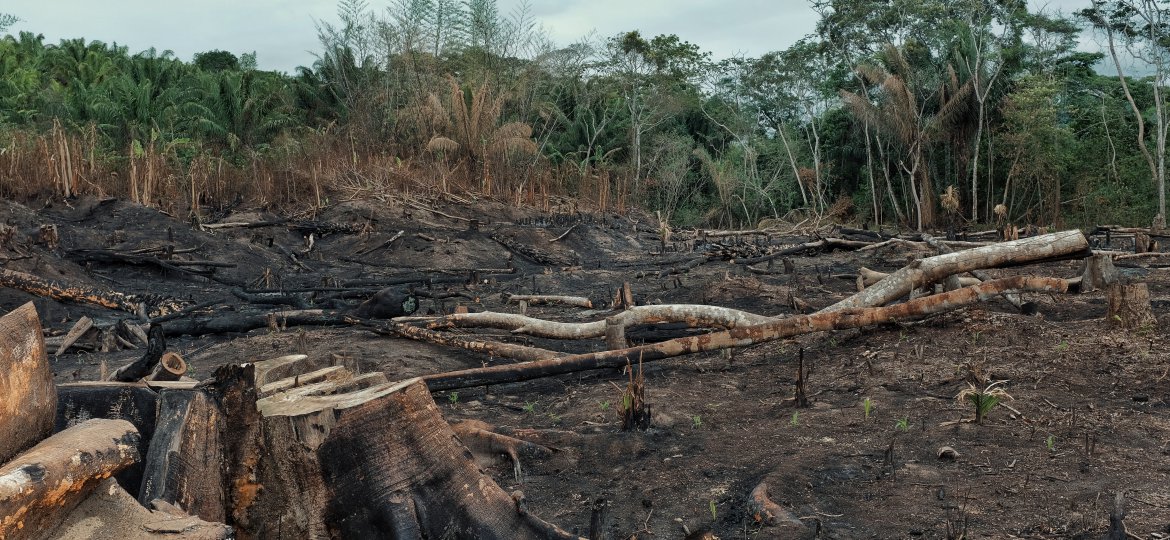
The cocoa industry is under pressure to reduce its contribution to deforestation.
Over the past few years, a series of damning reports by NGO Mighty Earth have highlighted the cocoa sector’s role in forest loss in key producer countries. Along with child labour and farmer poverty, deforestation has become known as one of the ‘dark sides’ of chocolate.
According to the World Cocoa Foundation, 2.3 million hectares of rainforest were cleared in Côte d’Ivoire and Ghana to make way for cocoa farms between 1988 and 2007.
The multi-stakeholder Cocoa & Forests Initiative is an attempt at addressing the problems.
It’s signatories – 33 manufacturers, suppliers and retailers – are now steadily releasing their individual action plans and the governments of Côte d’Ivoire, Ghana and Colombia have also signed up to the Initiative’s principles and published their own national plans.
By signing up to the Initiative, the companies and countries promise that no further forest land will be converted for cocoa production and commit to restoring forest land and shifting towards sustainable cocoa production and social policies.
However, it is down to each company to decide how it will work towards these shared objectives, something which will be outlined in individual company plans for the 2018-2022 period.
So what are all these plans promising and how far do they go in addressing the problem?
Deforestation: Cocoa production in numbers
The production of agricultural commodities is widely recognised as a major driver of global deforestation, with the palm oil, soy, cattle and wood industries the biggest culprits. One study found that in the period 2000–2011, the cultivation of these four commodities was behind about 40% of total tropical deforestation [1]. This translates to an average annual loss of 3.8 million hectares.
Against this backdrop, the cocoa industry’s contribution to global deforestation may seem modest. However, zooming in on the major cocoa-producing countries reveals a much bleaker picture.
About three quarters of the world’s cocoa comes from Côte d’Ivoire and Ghana. In these two West African countries, deforestation is rife.
Total forest cover in Côte d’Ivoire has fallen from an estimated 16 million hectares in the 1900s, to 7.8 million hectares in 1990 and 3.4 million hectares in 2015.
One study of Côte d’Ivoire’s five national parks and 18 forest reserves found cocoa to be the main driver of deforestation in these so-called protected areas, accounting for 93% of illegally-grown agricultural products.
Of the 439,250 protected hectares surveyed, about 74% had been transformed into cocoa plantations. According to the study published in 2015, seven of these 23 protected areas had been entirely converted, with cocoa farms accounting for between 80 and 100% of their land mass. This conversion is thought to have had a catastrophic impact on the number of primates in the country.
Côte d’Ivoire total forest cover (million hectares)
The Cocoa & Forests Initiative
Facilitated by the World Cocoa Foundation, IDH the Sustainable Trade Initiative and the Prince of Wales’ International Sustainability Unit (ISU), the Cocoa & Forests Initiative began in March 2017. Originally, 12 companies signed a Statement of Intent committing to working together, pre-competitively, to end deforestation and forest degradation in the cocoa supply chain, with an initial focus on Ghana and Côte d’Ivoire. Following the Statement of Intent, Frameworks for Action have been signed by government and leading chocolate and cocoa companies in Cote d’Ivoire, Ghana and Colombia.
There are now 33 companies signed up, accounting for about 85% of global cocoa usage:
- Arysta Callivoire
- Barry Callebaut (published plans for Côte d’Ivoire and Ghana)
- Blommer Chocolate Company
- Cargill Cocoa and Chocolate (released an initial action plan)
- Cémoi
- Chocolats Halba (published its initial action plan)
- Cocoanect
- Cococo Chocolatiers (published its action plan)
- ECOM Group
- Fazer
- Ferrero
- General Mills
- Godiva Chocolatier
- Guittard Chocolate Company
- The Hershey Company (released two separate plans for Ghana and Côte d’Ivoire)
- Indcresa
- Lindt & Sprüngli Group
- Mars Wrigley Confectionery (release an action plan)
- Meiji
- Mondelēz International (released two infographics for its plans in Ghana and Côte d’Ivoire)
- Nestlé (released one action plan for Ghana and Côte d’Ivoire and two separate documents listing its suppliers in Ghana and Côte d’Ivoire)
- Olam Cocoa (released a joint plan for Ghana and Côte d’Ivoire)
- PBC Limited
- SIAT
- Toms Group
- Touton (published separate action plans for Côte d’Ivoire and Ghana)
- Tree Global
- Unilever
- Valrhona
- J.H. Whittaker & Sons
- Sainsbury’s
- Tesco
- Marks & Spencer Food
So, who is planning what?
At the timing of writing, about ten companies had published individual plans. These are only initial plans, however, and will be updated as the governments finalise revisions of land use policies as well as protected areas, boundaries and land use maps.
Mapping the cocoa supply chain
All companies committed to mapping their supply chains in their initial plans This is the main consistency across the individual plans published so far.
Barry Callebaut says it will map all 30,090 farms within its direct supply chain in Côte d’Ivoire and conduct deforestation risk assessments in all 60,180 hectares of its direct sourcing areas by December 2019. In Ghana it will do this for all 100,000 farms and risk assessments of 40,000 hectares.
Olam says it has already GPS-mapped its supplier network in Ghana (30,200 farms) and expects to complete mapping in Côte d’Ivoire (117,070 farms) and other supplier countries by the end of 2019.
Cargill says it will map all 25,000 farms in Ghana and 57,534 in Côte d’Ivoire and conduct deforestation risk assessments in all 57,500 hectares of its direct sourcing areas in Ghana and 187,749 hectares in Côte d’Ivoire, although it gives no deadline for this.
Nestlé plans to map all 70,000 farms within the Nestlé Cocoa Plan in Côte d’Ivoire and 17,000 farms in Ghana by the end of 2019.
Mars Wrigley Confectionery says it will map all 130,970 cocoa farms within its Responsible and Sustainable programmes by 2022 (93,897 farms in Côte d’Ivoire and 37,073 in Ghana).
Mondelēz says it will have 96,000 farms mapped and 787,500 hectares assessed for deforestation risk in Côte d’Ivoire and 60,000 farms mapped and 279,000 hectares assessed in Ghana by 2022.
Touton says it will have 32,000 farms mapped and 20,000 hectares assessed in Côte d’Ivoire and 24,000 farms mapped and 260,000 hectares assessed in Ghana by 2022.
The United Nations Sustainable Development Goals 2030
Our guide looks at the imperative issues facing the planet and the food and drink industry as defined by the UN’s Sustainable Development Goals. We analyse on which goals the food and drink private sector is focused, as well as the players pulling their weight.
Cutting ties with farmers
The majority of the company plans already published contain plans to “exclude” farmers from supplier networks if they are found to be growing cocoa in protected areas. The companies will also report these farmers to the government. Nestlé has put a deadline of 2020 on its exclusion process, while Mondelēz says it has already completed this in Ghana and Côte d’Ivoire.
Yet it is not clear what will happen to these cocoa farmers after they have been cut out of the international cocoa market. Most of the companies reference plans to support these farmers in their “transition to alternative livelihoods”. However, this remains vague in terms of deadlines, funding and what exactly this will entail.
Replanting forests – but what is being planted?
The companies have all committed to varying levels and ways of replanting. In fact, according to Lumina Intelligence, 21% of cocoa sustainability pledges from the food & drink industry tackle deforestation and agroforestry – making it the most pledged-against issue for cocoa. This ranges from replanting ‘native’ trees off-farm to on-farm planting of ‘improved’ cocoa seedlings and shade and fruit trees as part of agroforestry systems. Agroforestry is increasingly earmarked as a sustainable way to safeguard farmer livelihoods while tackling deforestation and soil degradation caused by monocropping. It involves the planting of other shrubs and trees around cash crops, in this case cocoa trees.
Cocoa commitments from the food & drink industry – by issue: Top 2
One study in Indonesia found growing cocoa and coconut in combination could lower land use, acidification and eutrophication and improve soil quality and combined yields. The use of shade trees has also been tipped as a way of helping reduce problems like cocoa swollen shoot virus disease (CSSVD).
However, it is questionable whether this constitutes as ‘restoring’ forests. Overall, there appears to be a significant bias among the company plans towards forest restoration via agroforestry and planting more cocoa as opposed to planting native trees on and off farm.
Barry Callebaut committed to several cocoa agroforestry initiatives including the distribution and planting of 59,5782 trees for agroforestry by 2022 in Côte d’Ivoire, but its targets for native trees planted off-farm is pending an agreement with the government. In Ghana it also plans to distribute agroforestry trees and cocoa plants, however its plans for replanting native off-farm trees are more specific at least in terms of numbers. It says it will plant 10,000 native trees off-farm and help restore 50 hectares of forest via public-private partnerships.
Olam is investing in 921,000 “multi-purpose” shade trees for on-farm planting in Côte d’Ivoire and 203,000 in Ghana as well as 1.95m cocoa seedlings. In both countries it has set targets for training farmers in agroforestry, biodiversity and crop diversification.
Chocolats Halba cites its certification of 98% of its cocoa with either Fairtrade, UTZ or organic as one way of reducing the risk of illegal logging. Much of the company’s plans revolve around its involvement in the Sankofa Project, a joint programme with the International Trade Centre, Kuapa Kokoo Farmers Union, Max Havelaar Foundation, Fairtrade Africa, World Wide Fund for Nature (WWF), South Pole and the Yam Development Council. The 3.5m CHF (€3.1m) project, running 2019-2023, will focus on income diversification and climate-smart agricultural practices such as agroforestry.
Nestlé says it will invest in sustainable agricultural practices to grow “more cocoa on less land”, while Mars will “support the distribution and planting” of 1.7 million “multi-purpose” trees in Côte d’Ivoire and 250,000 trees in Ghana.
Nestlé went further than most by disclosing its cocoa suppliers in Ghana and Côte d’Ivoire.
Mondelēz plans to encourage farmers to protect and restore forests through Payment for Environmental Services (PES) agreements, which it hopes to have with 33,000 farmers by 2022.
Regulatory backbone?
Industry-led, these measures are of course all voluntary. However, interestingly, the Initiative also brings in governments of producer countries. What these governments write into legislation could provide a solid base for change for years to come.
While all the governments have released documents about their involvement in the Initiative, there are still aspects that remain undefined, and this is reflected in some of the more floating commitments made by the companies.
Many of the companies say they are waiting on the details of Côte d’Ivoire’s new Forest Code and its implementation decrees on deforestation and forest degradation in National Parks and Reserves, Forest Reserves and Forests in the Rural Domain as well as the creation of the National Forest Preservation and Rehabilitation Fund expected by June 2019.
The Ghanaian government is also expected to announce land and tree tenure reforms. Some companies, such as Cargill, have made provisional commitments without deadlines to support farmers with tree registration and land tenure documentation. Others have already made specific commitments. Barry Callebaut has committed to helping 10,000 farmers with tree registration and up to 500 farmers to acquire land tenure documentation by 2022 in Ghana.
Olam says it has already supported over 6,000 cocoa farmers to acquire land tenure documentation in Ghana.
A national register of farms and trees is expected by June 2019.
It is hoped that the acquisition of tree tenures, meaning the farmers will officially own the trees growing on their land, will both empower farmers to look after their trees and help protect against illegal logging. This, of course, is based on the assumption that farmers will choose to keep the trees once they own them, instead of selling them for timbre.
Conclusion
The Cocoa & Forests Initiative is a positive step towards freezing deforestation rates in Ghana and Côte d’Ivoire and shifting cocoa farms from full-sun monoculture to agroforestry techniques. However, it is difficult to untangle commitments made under the Initiative from company programme commitments already in place and to know whether suppliers and manufacturers are discussing the same land.
Several key points within the commitments also remain unclear, namely what reforms the governments of Ghana and Côte d’Ivoire will introduce and what happens to farmers excluded from the international cocoa market.
How this plays out on the ground also remains to be seen. In a field report published at the end of 2018, nearly a year after companies were supposed to have stopped sourcing from protected areas, Mighty Earth said implementation remains poor. It said while the commitments made by the governments and companies were promising, farmers on the ground were still clearing land for cocoa later sold onto the international market without repercussions. The report Behind the wrapper: Greenwashing in the chocolate industry says in Côte d’Ivoire’s Southwest cocoa heartland alone, the equivalent of 15,000 football fields were lost in 2018, compared to 21,000 in 2017 and 13,000 in 2016.
The report also calls on the whole industry to extend its Cocoa & Forests Initiative plans to the global cocoa market. While Ghana and Côte d’Ivoire are by far the most significant global suppliers of cocoa, there has been increasing investment in other producing countries such as Indonesia where deforestation is a major problem.
The bulk of company commitments also concern companies’ direct cocoa supply – the portion from company programmes – whereas around half of the cocoa supply of the five largest global chocolate companies is purchased on the international market.
Legislation in Ghana and Côte d’Ivoire is likely to compel local traders not signed up to the Cocoa & Forest Initiative to comply with its spirit.
However, a local trader’s capacity to comply and guarantee cocoa from protected areas does not make it onto the international market is far from clear-cut.
View all our reports
See the range of reports we offer on sustainability, focusing on the coffee, tea and chocolate sectors.


